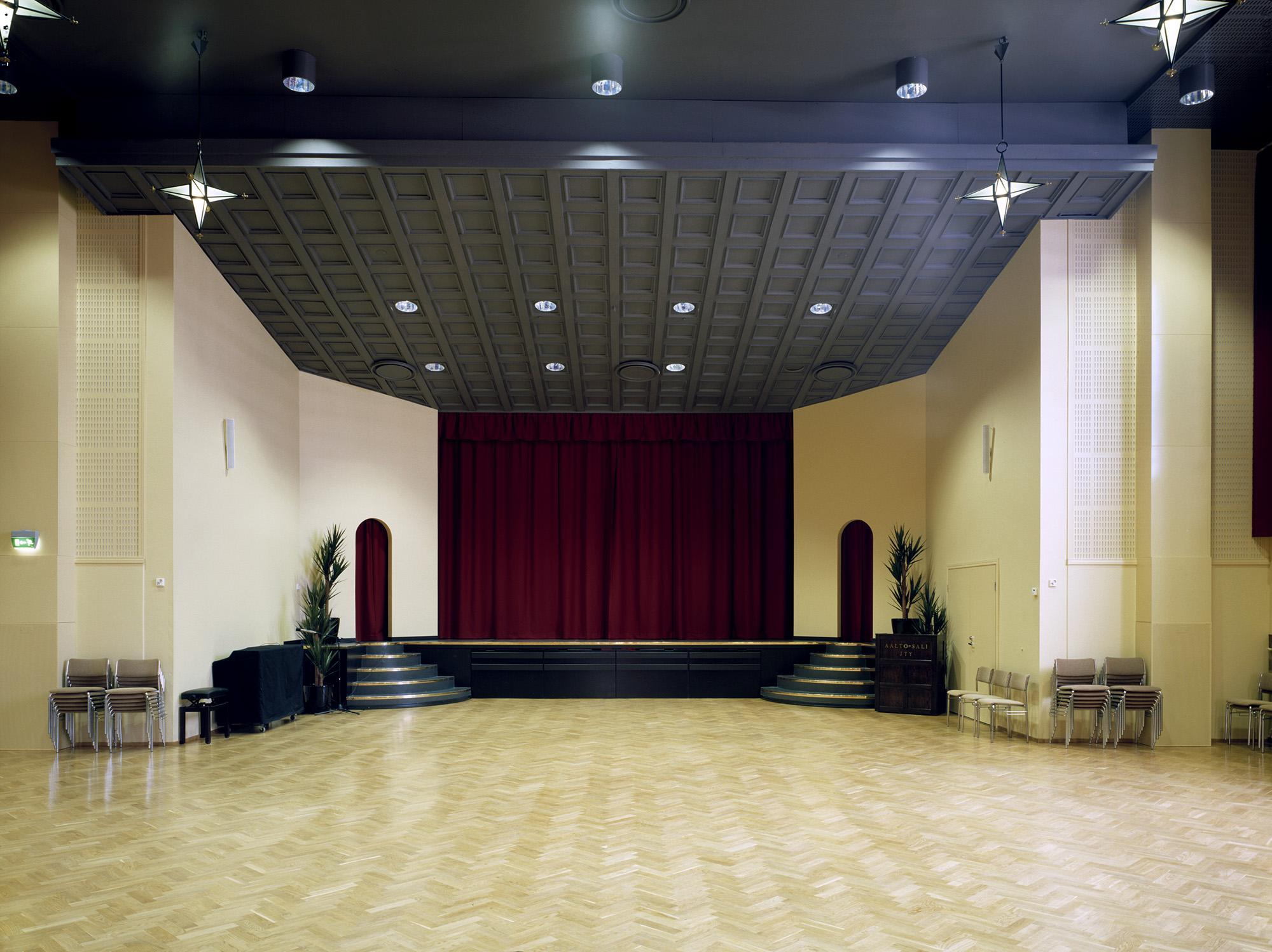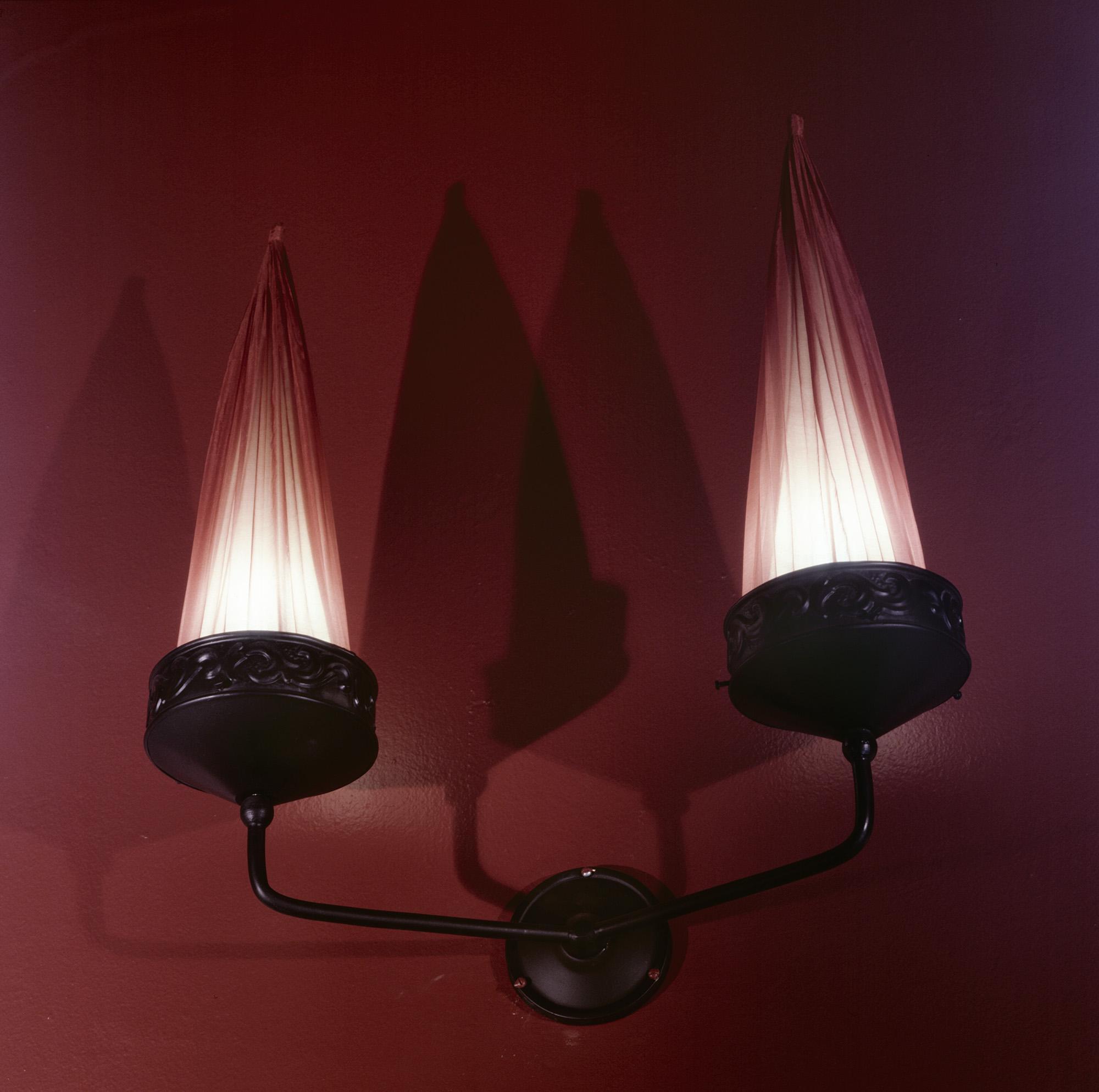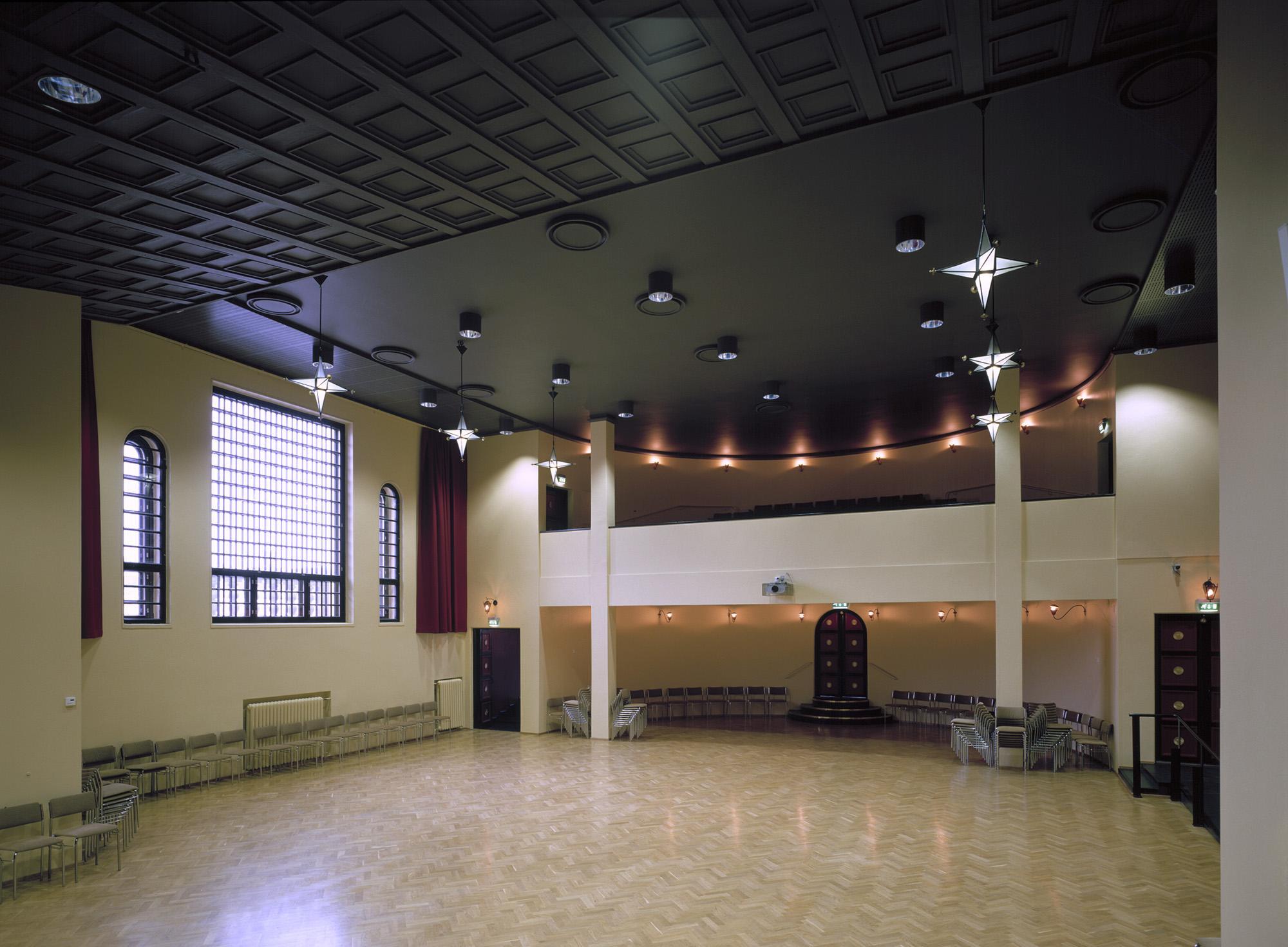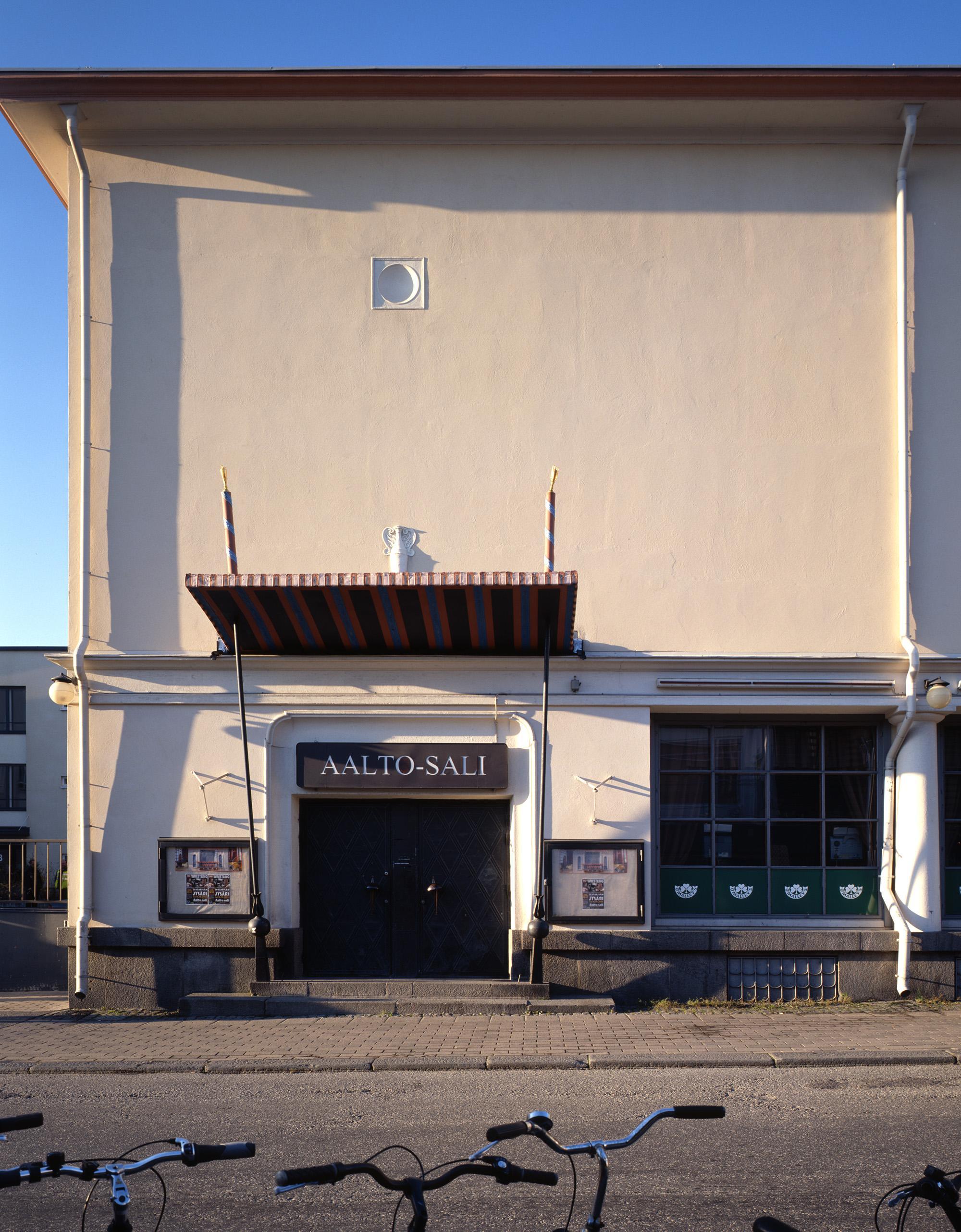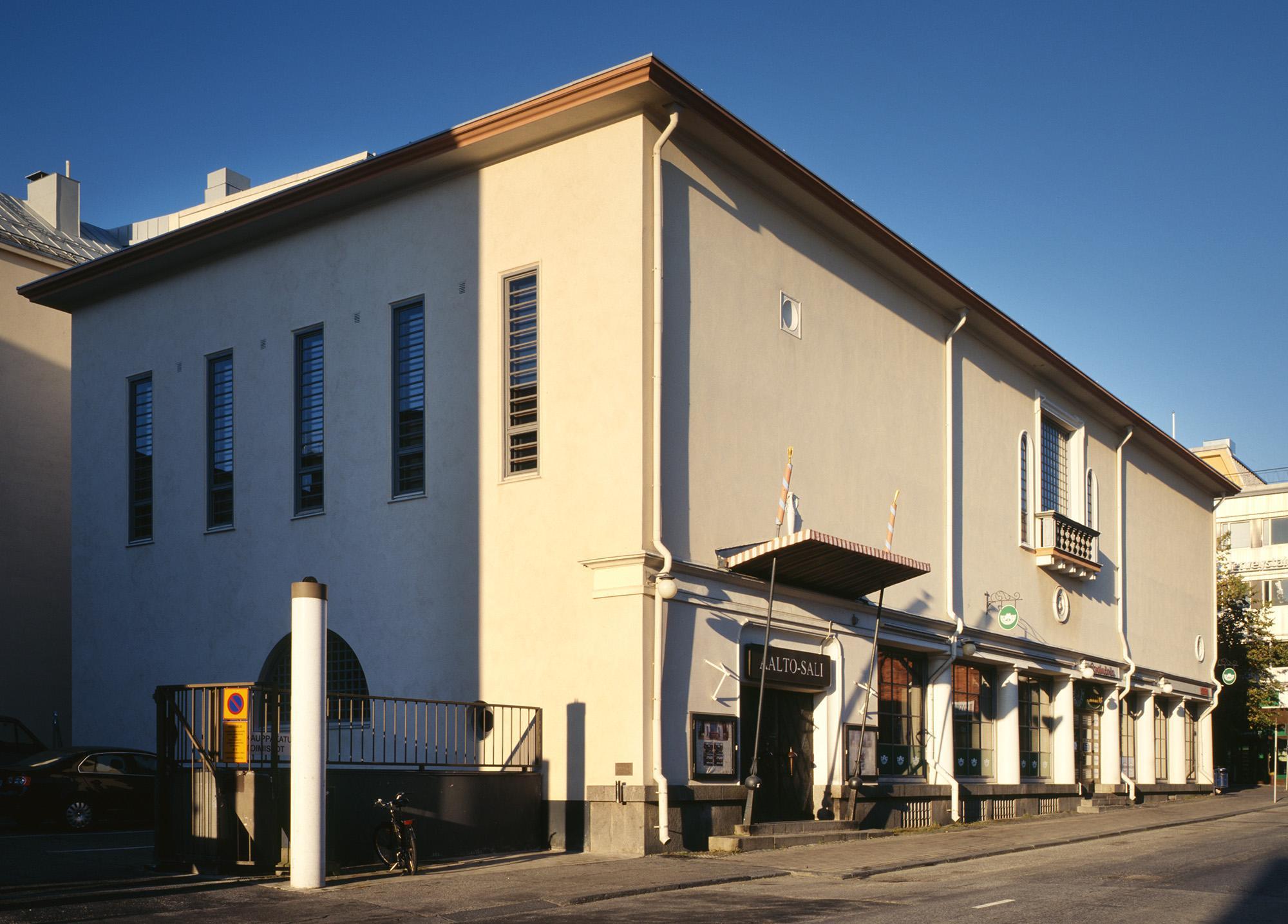Jyväskylä Workers’ Club
Discover this destination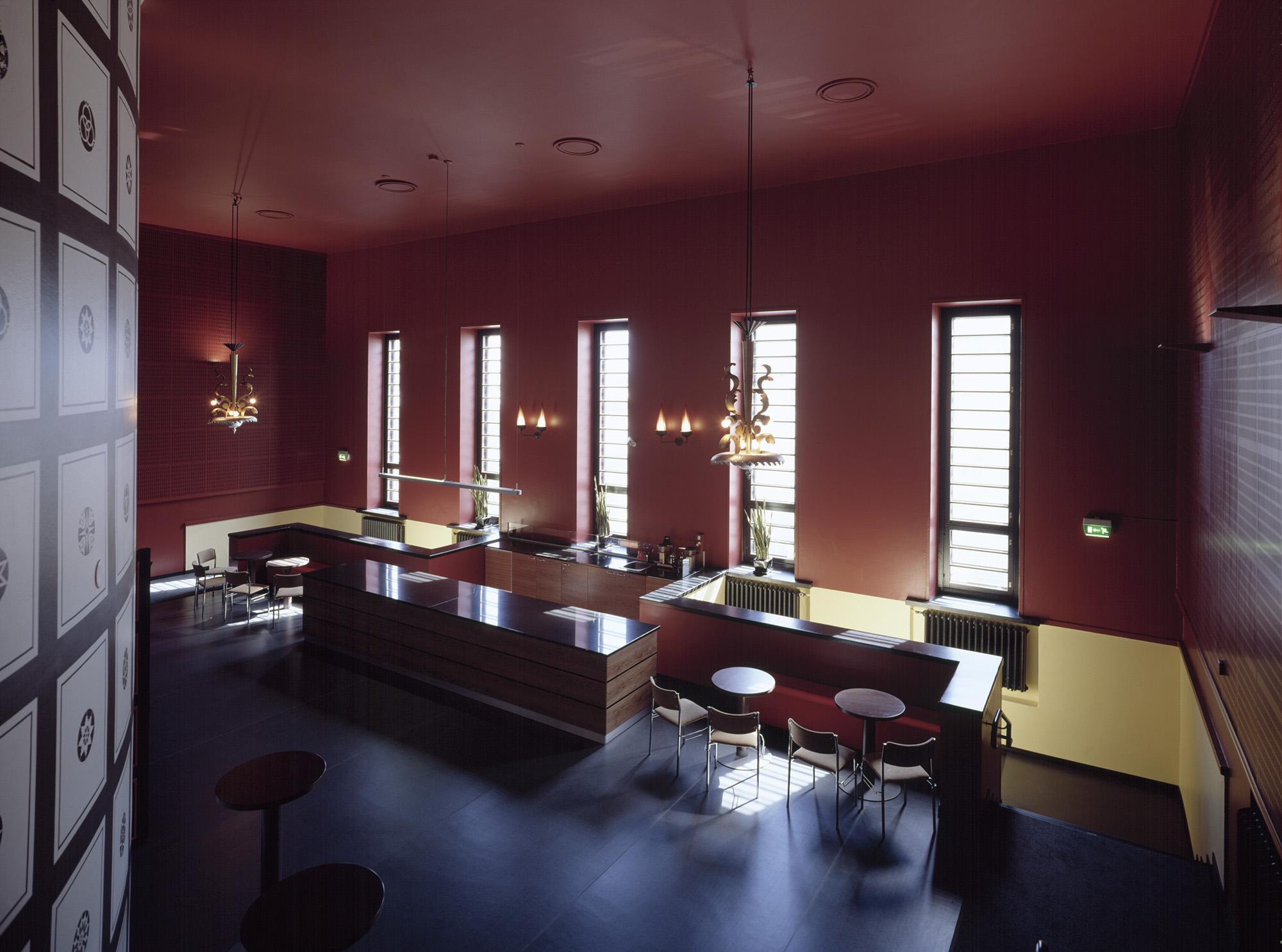
Jyväskylä Workers’ club building was the first notable public building that Alvar Aalto got to design after his graduation with Aino Aalto. Aalto was given the design commission for the new building in the city centre by the Jyväskylä Workers’ Association in 1924. The plans for the building were made in 1924 and it erected the following year. Aino and Alvar Aalto also designed the furniture, light fixtures, and fittings specially for this building.
This building also marked Aalto’s breakthrough and it is one of the principal works of Alvar Aalto’s Classical period. Workers’ club is also one of the most historically important building of its time. It was protected by law in the city plan already at the beginning of the 1970’s. The provincial government of Central Finland protected the building in 1978 and finally the Finnish Government protected the building in 1986.
The lower level of the building is basically a glazed colonnade containing a restaurant, two café rooms, and the entrance hall to the theatre. A monumental staircase leads up to the upper floor. The largely windowless upper floor contained an auditorium used for political assemblies and as a theatre with stage, parterre, balconies, and foyer. These facilities were used by the workers’ theatre and later by the city theatre until the new city theatre completed in 1982. Nowadays the building is used as a venue place for meetings and special occasions.
The foundation of the Jyväskylä Workers’ club were laid on 22nd of September in 1924. Into the stone foundation they hid old issues of their Työnvoima -magazine and the workers club 35-Year History, pictures and money.
When the Workers’ club completed it had a distinctively different character in the street scene of Jyväskylä. The building represents typical 1920s Nordic Classicism and it has features from Renaissance architecture. Such as the Palladian windows, the medallions details and the balustrades which dominate the facade. Also the restaurant space inside the building has a round atrium shape. The earliest sketches also show a large, colonnaded forecourt but it was not built.
Workers’ club has been refurbished and some changes have been made over the years. For example the restaurant spaces have later been fully remodelled. More restoration and repair work were done in the 1980’s and some parts of the building were brought back closer to the historically accurate condition. The latest renovation was in 2008 when the theatre space Aalto-sali was renovated.
